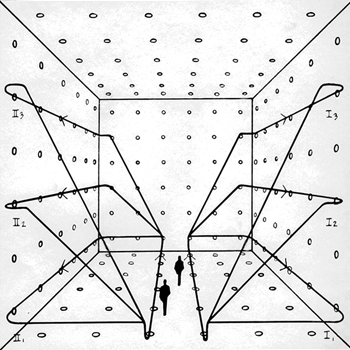How do you find the square root of 43?
2 Answers
See below
Explanation:
If you are looking at approximation methods that you can employ using pen, paper and some mental arithmetic, you can try a Binomial Expansion.
If you start at 36, a square number, so that you are looking for
You can then use the Binomial Expansion , ie:
In this case:
Even just the first two terms give
We could get a little closer by using a different square number. If you start at 49, another square number, you are now looking at:
Using just the first 2 terms of the Binomial Expansion:
And
Explanation:
We can find approximations to it as follows...
Note that
So a good first approximation for
We find:
#(13/2)^2 = 169/4 = 42.25#
Given
#sqrt(n) = a+b/(2a+b/(2a+b/(2a+...)))#
where
So in our example:
#n = 43# ,#a = 13/2# and#b=43-169/4 = 3/4#
So:
#sqrt(43) = 13/2+(3/4)/(13+(3/4)/(13+(3/4)/(13+...)))#
We can truncate this to get rational approximations.
For example:
#sqrt(43) ~~ 13/2+(3/4)/13 = 341/52 ~~ 6.5577#
#sqrt(43) ~~ 13/2+(3/4)/(13+(3/4)/13) = 8905/1358 ~~ 6.557437#
A calculator tells me:
#sqrt(43) ~~ 6.5574385243#
See https://socratic.org/s/aCh3Xasm for another example and explanation of this method.


